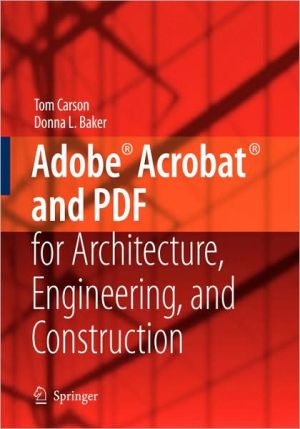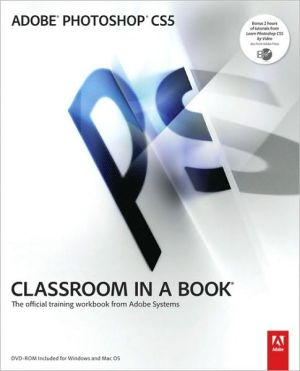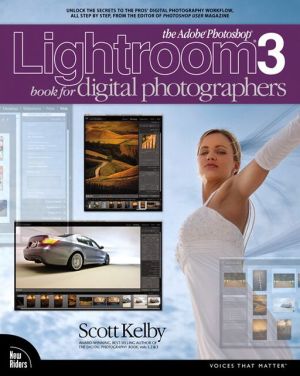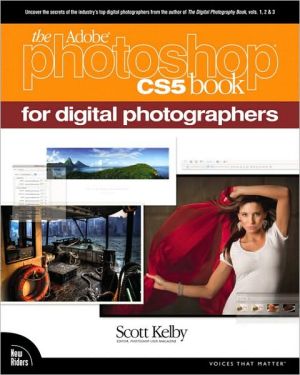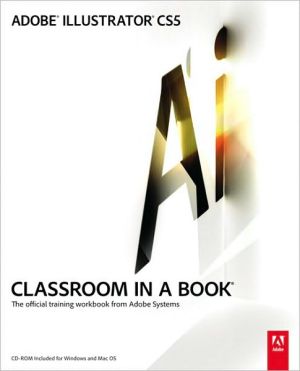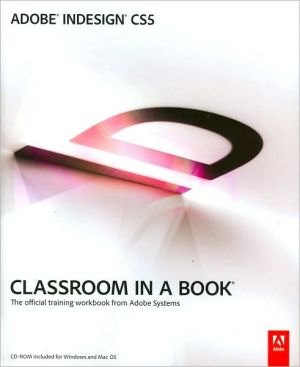Adobe Acrobat and PDF for Architecture, Engineering, and Construction
Architecture, Engineering and Construction (AEC) is a $3.4 trillion industry in which documentation is the basis for the delivery of products and services. Such documentation is the currency of AEC projects and can be a complex mixture of drawings and specifications. Sharing and archiving documents requires a safe, small and smart format, a role for which Adobe’s portable document format (PDF) is ideally suited. PDF has become the de facto standard for submission and distribution of these...
Search in google:
Architecture, Engineering and Construction (AEC) is a $3.4 trillion industry in which documentation is the basis for the delivery of products and services. Such documentation is the currency of AEC projects and can be a complex mixture of drawings and specifications. Sharing and archiving documents requires a safe, small and smart format, a role for which Adobe’s portable document format (PDF) is ideally suited. PDF has become the de facto standard for submission and distribution of these documents in government and regulatory agencies, world-wide.Adobe® Acrobat® and PDF for Architecture, Engineering, and Construction is designed to appeal to the engineering mind. The book is a practical guide focusing on the applications of PDF in the solution of "engineering" problems which may arise in a number of disciplines from architecture to construction. Using real-world examples, the authors follow a project from design through build and long-term maintenance. As the sample project evolves, suitable Acrobat® tools and techniques are identified and brought into play at each stage, showing readers how to personalize the context and processes to meet their own project development and management needs.Adobe® Acrobat® and PDF for Architecture, Engineering, and Construction is aimed at a professional and senior student audience with levels of expertise in a variety of AEC sectors ranging from the intermediate to advanced. It will be of direct importance to anyone using ISO and IEEE standards such as the developing PDF/E (engineering) and PDF/A (Archival).Features of the book allowing the reader to take full advantage of the power of PDF in an engineering environment include: review tracking; geo-referenced drawings; common format CAD and configuration management; reduced review and approval time with better document control; ease of collaboration with clients and permitting agencies through common, completely searchable, document format; project management advice. Additional features designed to facilitate self-teaching are: chapter summaries; an example project used throughout the book to demonstrate the use of the various PDF capabilities introduced with files which can be downloaded from the authors’ website at www.donnabaker.ca/Acrobat_for_AEC.html to keep track of the changes chapter by chapter; other sample projects for readers to work with, offered by industry leaders in several specialty areas; end-of-chapter exercises guiding the application of the knowledge gained in each chapter. For professionals of all shades from electrical, civil and mechanical engineers to architects and construction managers.
1Introduction12The AEC workflow73Overview of Adobe Acrobat 7154Creating package components from documents235Creating other package components416Converting AEC file formats557Assembling the package778Modifying content in the package939Adding navigation to the package11110Security12711Using Acrobat forms and databases15112Commenting and reviewing16913Using other features and functions19114PDF mapping20715Acrobat for AEC knowledge management21516Putting it all together227App. ASystem requirements235App. BAcrobat 7 and Adobe Reader 7 accessibility237
